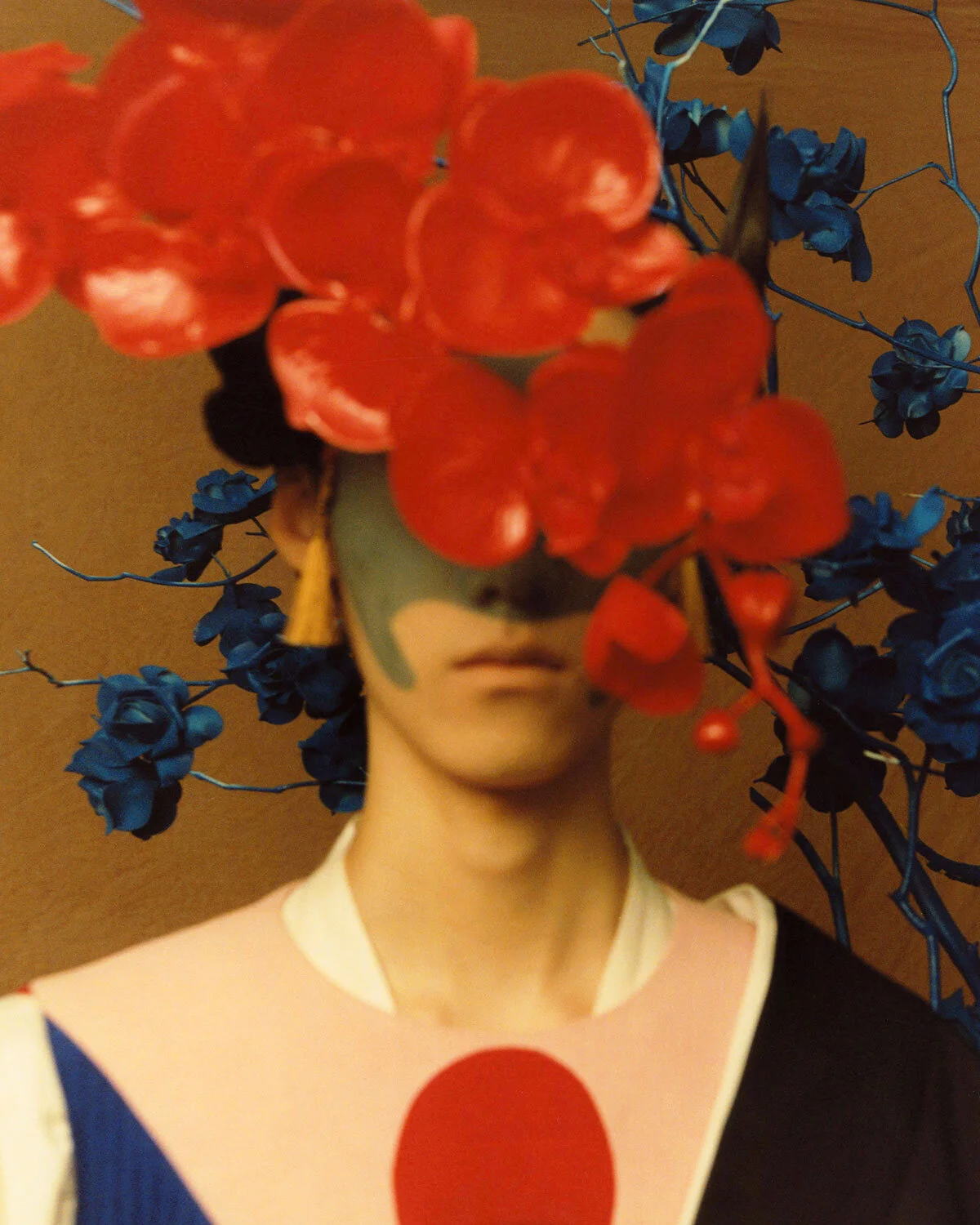Tuesday Reads: Walter Guadagnini
“[In staging a photograph,] the photographer consciously and intentionally creates events for the express purpose of making images thereof. This may be achieved by intervening in ongoing “real” events or by staging tableaux. […] There is an inherent ambiguity at work in such images, for even though what they purport to describe as “slices of life” would not have occurred except for the photographer’s instigation, nonetheless those events (or a reasonable facsimile thereof) did actually take place, as the photographs demonstrate. Such falsified “documents” may at first glance evoke the same act of faith as those at the opposite end of this scale, but they don’t require the permanent sustaining of it; all they ask for is the suspension of disbelief. This mode I would define as directorial.”
Any art form in human history has developed through a course that reveals commonalities with the evolution of all others. First of all, we seek and create art as a response to specific needs intrinsic in our nature–just like we seek and create any other form of nourishment. Take painting, for instance: first and foremost, humans painted a testimony of their existence as hunters and sentient beings, building a lasting relationship with their homeland. How about sculpture, then? The quest for a stabilisation of ideals merged with the need for mundane tools, leading our ancestors to modify the shape of resources found around them. And photography, being a quite recent form of expression relative to the established tradition of painting and sculpting, is undergoing that same process in a similar fashion right before our eyes.
© Federica Belli.
© Federica Belli.
As the nature of media tends to evolve in timeframes which are way ampler than a lifetime, noticing these minor but relentless changes requires an exquisite sensitivity and a refined knowledge of what photography has been up to now. Precisely for this reason, the sharp vision of experts such as Walter Guadagnini becomes a necessary guide for those trying to keep up with these shifts.
As proved by all previous cases, the roots of photography are to be researched in an innovative solution to a need that has accompanied our species for millennia, too. The urge for documentation and evidence of our identity is rooted in human nature, and the invention of a tool that chemically translates light patterns on a physical support – the camera – gradually led to its widespread diffusion, to the point of expropriating paintings of their documentary importance. As photography came to rule the field of documentation (mostly owing to its superiority in terms of rapidity and truthfulness), painters could focus on new expressive languages and turn towards a systematic representation of fantasy rather than reality.
© Federica Belli.
As history tends to repeat its patterns, a trained eye would have known well in advance that it was only a matter of time before photography started to venture into the field of fantasy too: having satisfyingly responded to the original motive behind its diffusion, this medium could either be swiftly reinvented or slowly abandoned. Over time, luckily, history is making us witnesses of how the former possibility, rather than the latter, occurred. Only in the 1970s, in fact, the photographic language began to be combined with the act of staging (or direction, fiction, manipulation, invention) reality before capturing it in an image. What are fifty years in the history of humanity? With Allan D. Coleman's essay “The Directorial Mode: Notes towards a Definition”, published on Artforum in 1976, the world first felt the need for a formal definition of this new practice. And the definition came. Staged photography was officially initiated with the Pictures exhibition, held in 1977 at the Artists Space in New York.
© Federica Belli.
Being born after that time, emerging photographers find themselves in a peculiar position. For the first time ever in human history, the witnesses of our time have been educated to perceive the alteration of reality as natural. Alteration and direction are part not only of their language– they are part of their message as well. For the first time, photographers are accustomed to using photography as the door on a society they can direct and instruct. For the first time, we are not only documenting our experience, but rather building an alternative one. An experience in which identities can shift and take on new meanings.
At this point, it all lies in whether we can successfully invert the initial process. Can we translate the society we are creating in our photographs in an actual society? Can photography become our post-modern instruction sheet?











